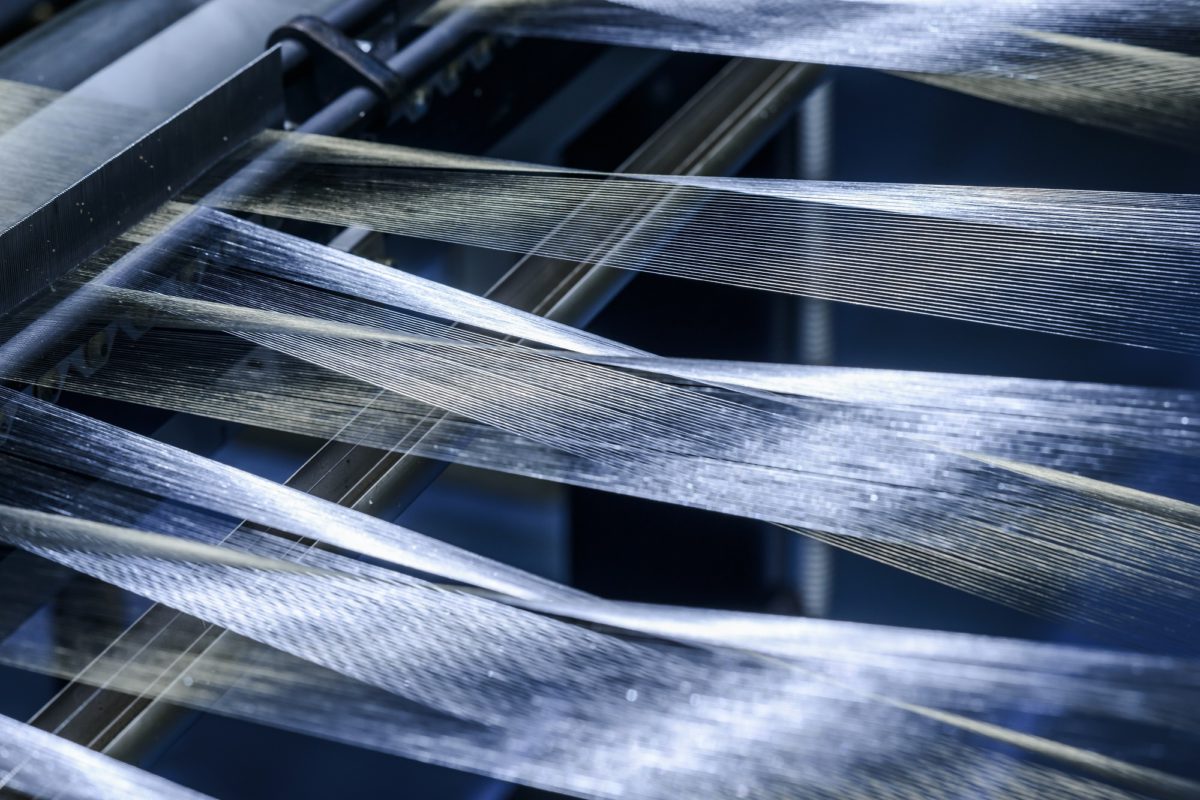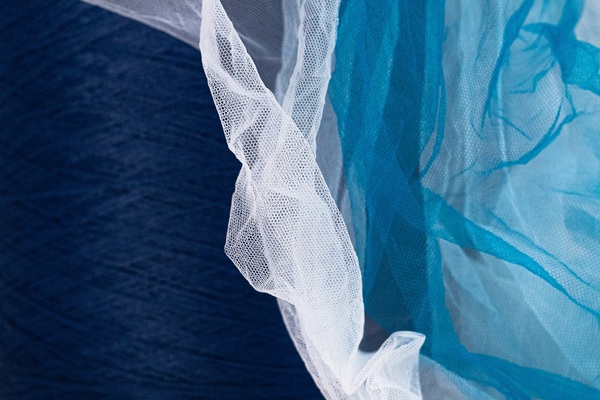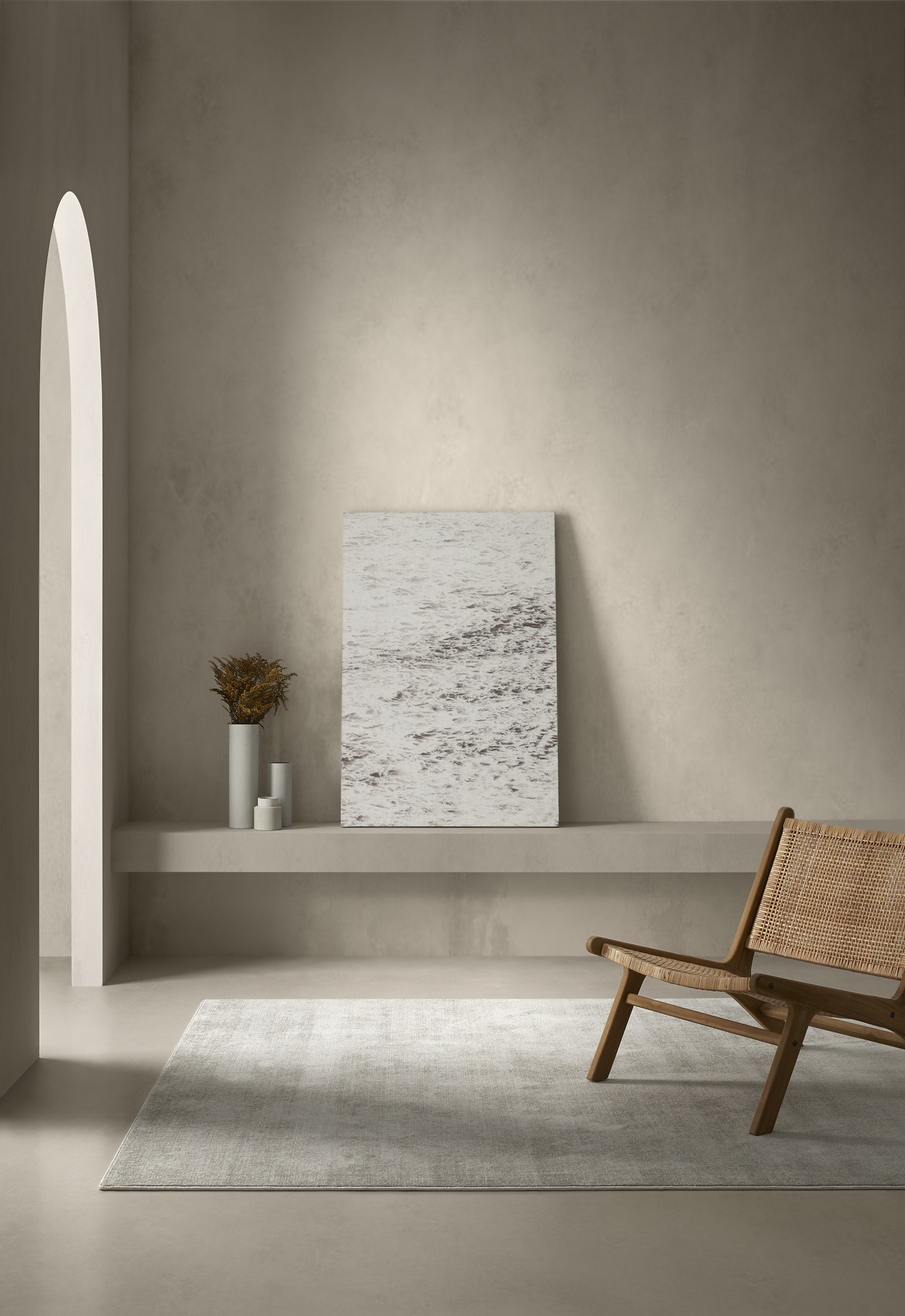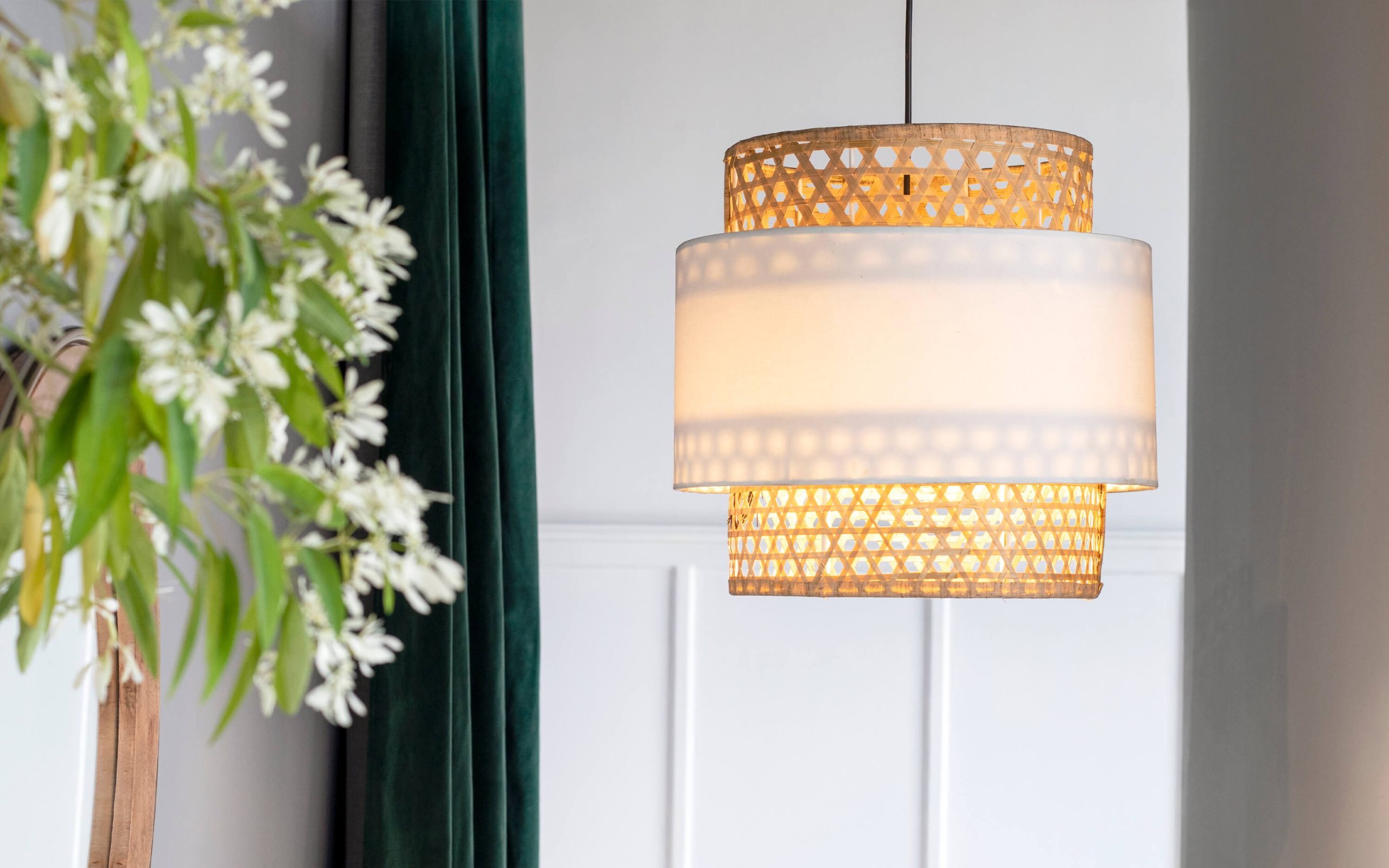Sustainable fabrics that are taking over home décor
By Arushi Sakhuja
With sustainability being the need of the hour, many luxury brands are continuously trying to show new and innovative ways to reduce their carbon footprint. With the coming up of thrift stores, new fabrics (such as organic cotton and vegan leather), producing zero waste, cruelty-free manufacturing processes and reduced water technology, and renewable energy sources, as well as adopting a transparent supply chain; brands are working hard to adopt more eco-friendly modes of production. According to Saachi Bahl’s, Founder Saahra and #ConsciousEffort Design Show and Conclave, one must acknowledge that there is no unilateral, linear, or perfect formula to be ‘sustainable’. She says….. “It is a complex process, and many times strategies are dependent upon the context of the business, its production and utility. Therefore, we must be receptive to more people in the industry approaching the subject and give them the scope to continually improve their efforts as there is no one size fits all.”
It is worth bearing in mind that practices like repairing old weaves, recycling or upscaling can go a long way in giving back to the planet. And sustainable fabrics have come a long way, one must acknowledge that sustainable products do not lack lustre and finesse anymore. Rather, there is a rise in the innovation of new fabrics increasingly used by luxury brands such as Gucci, Stella McCartney, Tommy Hilfiger and Bottega Veneta. Décor brands like Kar Conscious Living focusses on the importance of Indian textiles through raw fabrics and subtle designs, showcasing the essence of their weaves. More and more home décor brands are using materials like organic bio-washed cotton and handwoven wool.
Selecting the right fabric

It’s always good to check what goes into the making of our home décor pieces. We’re still a long way from reducing our consumption to optimum levels, so the least we can do is make eco-friendly shopping decisions. That includes digging into the environmental practices of the brands you love and finding out how ethical they truly are in their production and manufacturing processes. “Decor and fashion have always been sectors that other industries look to for ‘what’s next’. Fashion designers have an incredible opportunity to not only reach but consciously influence consumers and other industries by choosing to create with the end in mind, choosing a material like ECONYL® nylon that can help brands close the loop,” said Giulio Bonazzi Chairman and CEO at Aquafil Group.
Trend-related shopping cycles take a toll on the environment. Home furnishing-related individual buying decisions can also play a crucial role in our carbon footprint. Globally, the furniture market is worth approximately $ 575 billion. Manufacturers deploy vast amounts of resources to meet high demands, including trees, plastic, cotton, fibre and toxic chemicals, and hence the rise of fast furniture further complicates the sustainability dilemma. Contrary to what is believed, creating a home with the planet in mind does not require sacrificing comfort, style or budget. We can curate spaces by choosing earth-friendly materials and optimising sunlight, airflow and ventilation to reduce our daily impact.
How are materials sustainable?
You most likely would have encountered a few new terms like Econyl, Cupro and Lyocell. You know they’re good for the environment because that is the information we are given. But what exactly are these so-called sustainable fabrics that are taking over our world? Luxury labels are shifting their focus to vegan leather and recycled materials. And the fabrics you grew up with simply don’t cut it anymore. “There is a plethora of new materials that designers and textile manufacturers are working with to make fashion more sustainable. Bamboo and banana fibre, leathers made from plant-based materials, and even sustainable silk are being devised. Along with all these innovations, it is vital to remember to buy from accountable and transparent brands, buy less and buy better, and re-wear, repeat and repair your clothes,” believes fashion designer Nachiket Barve. Saachi Bahl’s Saahra Sustain offers womenswear classics handcrafted in GOTS-certified cotton or peace silk, shoes from plant-based bio-leather called Pinatex, collections made from Econyl and even bags made from cork. On the design side of things, brands are using reclaimed and waste materials that have led to the creation of unique products and the design world is excited to further explore this avenue. Redefining this space, sustainable home decor brands and designers show us the beauty of old is gold.

Econyl
Econyl is making its presence strongly felt in the market. The fabric was pioneered by the Italian company Aquafil in 2011 and is a recycled nylon fibre that is regenerated from plastic trash in the ocean, such as fishing nets, discarded bottles and industrial waste. Aquafil cleans and shreds this waste through a chemical purification process to extract pure nylon. That means that the resulting fibre, Econyl, is no different from virgin nylon. Giulio Bonazzi Chairman and CEO at Aquafil Group gets his passion for sustainability from his native place, a beautiful area in the middle of the mountains of Italy (Dolomites and Alps) near Garda Lake. The place taught him to love, value and respect the beauty that surrounds you. We spoke exclusively to Maestro himself to know more about the material. “ECONYL® is regenerated nylon 100% with a different story. It comes from nylon waste such as fishing nets, fabric scraps from mills and carpets destined for landfills. It is used for apparel, carpets, and other interior design products. And it has exactly the same performance as fossil-based nylon.”

The pace at which brands are adapting to the material is impressive and currently, Aquafil, with ECONYL®, collaborates with more than 2500 brands in the world. “As consumers continue to stay aware of material ingredients, it’s important that brands choose supply chain transparency. This will not only empower the consumer, but will also invite designers to tap into a new level of innovation and creativity. And this is why brands are choosing sustainable ingredients like ECONYL® nylon for their collection,” shared Bonazzi. ECONYL is mostly known by customers due to pieces offered by Adidas in its 2017 collaboration with Parley, Prada’s line of bags made with the fabric in 2019 — Re-Nylon and Gucci and Burberry have also used Econyl in their outerwear pieces and accessories, including the latter’s iconic trench coat. “Brands are using Econyl across different product categories like swim/resort to luxury. It is coming with the functionality of a virgin material making it good for fashion and the planet,” said Saachi Bahl.
ECONYL is also used for home décor by brands such as Noho, a New Zealand-based eco-chic brand that creates durable and dynamic chairs made with materials from discarded waste. Alcarol in nature creates functional home décor pieces while preserving the natural materials as they would appear in their respective habitats. From the dining room and coffee tables to consoles and shelving, each creation replicates a distinctive landscape, bringing depth, perspective and beauty into your living spaces. Finally, Rols, a Spanish carpet manufacturing brand since 1917, integrates ecological materials such as wool or jute, and ECONYL® regenerated nylon into their designs, believing that ‘quality goes hand-in-hand with treating the earth with respect’.

Cupro
Another sustainable fabric that is fast gaining popularity is cuprammonium rayon, also known as Cupro. This is a plant-based fabric made from cotton linter, which is a waste product of cotton that’s often discarded. It can also be derived from recycled cotton garments, especially T-shirts. Cupro as a fabric is fine, sheer, smooth, soft to the touch, hypoallergenic, stretch-resistant, durable and dries quickly. Some even call this fabric Vegan Silk. Amouve procures organic cotton directly from Indian farmers and this practice has also led to less usage of water as compared to regular cotton. The brand offers a range of products comprising organic cotton bedsheets, towels, pillows, organic kapok mattresses and waffle blankets among others.


Lyocell

Lyocell (also known as Tencel) is a plant-based fibre that was introduced 30 years ago and is mostly derived from eucalyptus wood, and sometimes oak and birch wood. To create the material, the wood is ground into a pulp and chemically purified to extract raw cellulose. The liquid is then pumped through spinnerets into Lyocell fibres, which are spun into yarn and woven into fabric. Lyocell fabric is soft, breathable, hypoallergenic, and more absorbent than cotton. Eucalyptus trees grow quickly without the use of pesticides, fertilisers or irrigation, making Lyocell much more eco-friendly and completely biodegradable. The material is a great alternative to viscose and makes it great for athleisure, activewear, and everyday basics. Ethical Bedding, a UK-based brand turns organic eucalyptus and bamboo into timeless silky bedding.
How to make home décor sustainable

Nand Kishore Chaudhary, Chairman and Managing Director, Jaipur Rugs Group throws light on how the carpet industry uses sustainability in its design. “We believe sustainability in the design isn’t just a trend; it’s our responsibility.”. Chaudhary goes on to explain the process followed at Jaipur Rugs. “We prioritize sustainability in every aspect of our carpet design process, from materials to production. To achieve this, we utilize leftover hand-spun yarn to create unique and creative designs, reducing textile waste. Additionally, we use low-impact dyes that are obtained from GOTS-certified and eco-friendly raw materials, making our rugs long-lasting and beautiful while minimizing the environmental impact of the production process. By using sustainable materials and working with ethical partners, we create high-quality handmade rugs that not only enhance the beauty of any space but also promote a healthier planet for future generations.”
Another brand that champions sustainability is Rug Republic. Their new collection of Floral Rugs is created with recycled materials, colours, designs and textures. “The demand for sustainable and ethically made products has led to an increase in the appreciation for handmade rugs as well, as people like to spend on products that align with their thought process and values. Having said that, the timeless beauty and craftsmanship of floral rugs have further contributed to their enduring popularity, making them a valuable addition to any home,” says Raghav Gupta, Director of E-commerce at The Rug Republic.
With climate change knocking on our front door there are three key methods to make a home more sustainable. Firstly, making the switch to regenerated nylon with the use of artisan rugs and furniture made from recycled materials, such as old carpets, abandoned fishing nets and industrial scraps can minimize waste that would otherwise pollute the earth. For example, for every 10,000 tons of ECONYL® raw material, we can save 70,000 barrels of crude oil and avoid 65,100 tonnes of CO2 equivalent emissions from being released into the air. From Jaipur Rugs and other trendy pieces like these Zanotta pouffes pick your products.
Secondly, shift to Bamboo furniture. It is a sustainable alternative to wood, and is highly versatile for furniture, flooring and light fittings, giving your humble abode a modern and eco-conscious twist. Pick a rattan table from Fleck or Orange Tree’s rattan hanging lamp.

Lastly, switch to bio-glass meaning home décor made from discarded bottles and jars, this material requires less energy and raw materials to manufacture. Bio-glass can transform kitchen countertops, bathroom sinks, walls, and windows into beautiful and unique pieces, adding charm and sophistication to your home. Renjini Thampi from Kerela upcycles glass bottles to make a variety of home decor items and Nicobar’s recycled glass section makes a strong case as well.




